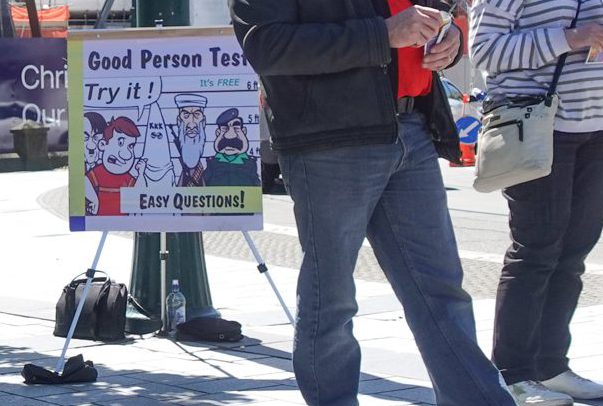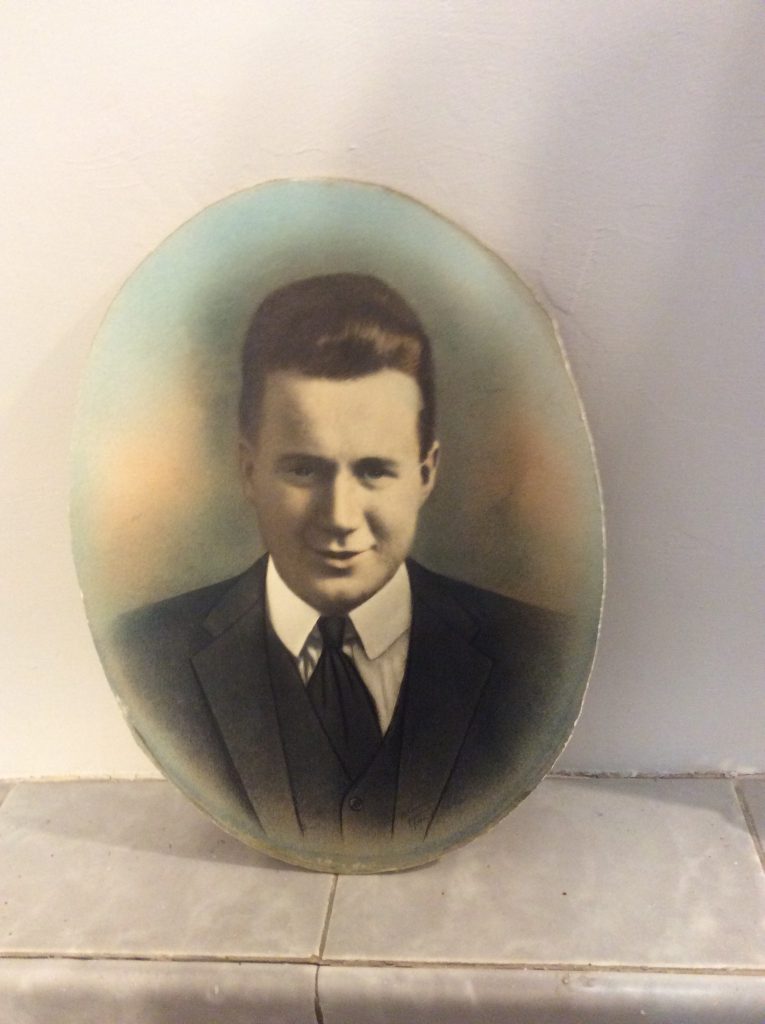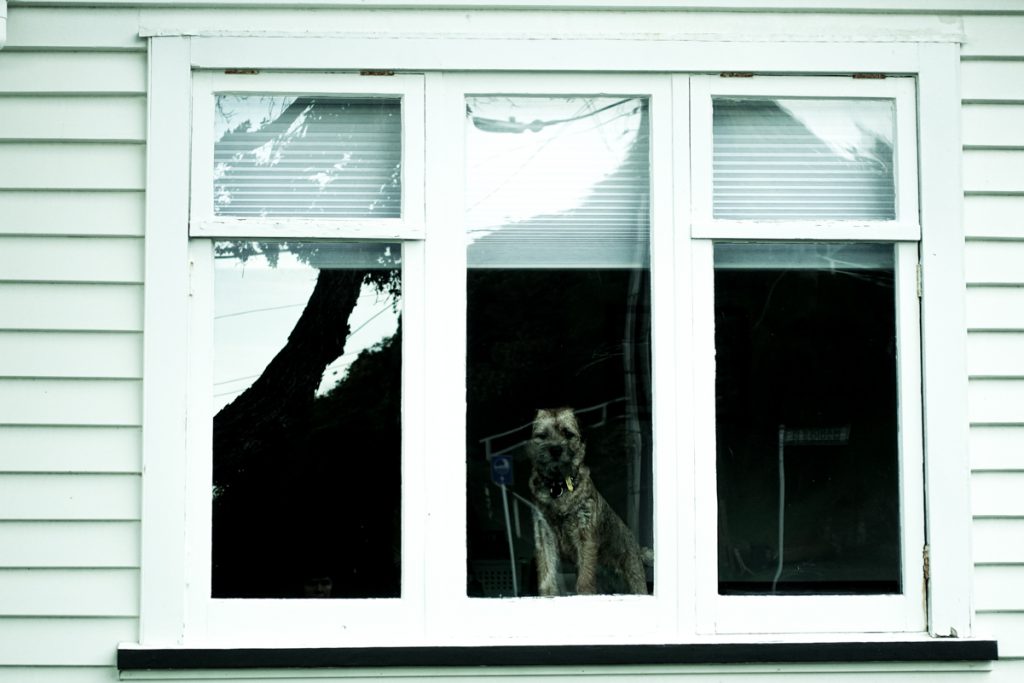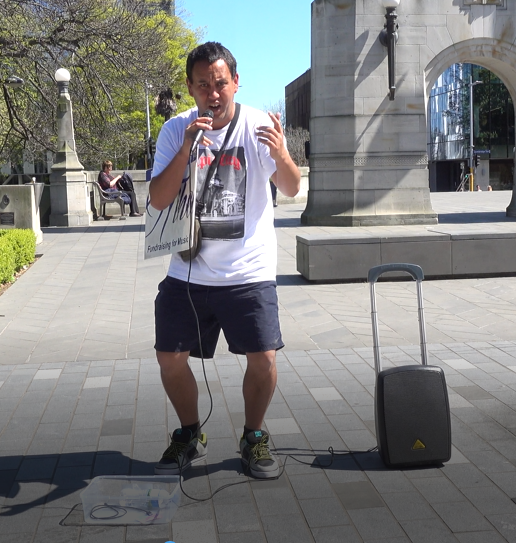We need to talk about psychiatric medication
and the stories of harm shared by many Around 50 years ago, psychiatry began to move away from a biomedical model, which framed mental illness primarily as a biological disorder to be treated with medication and other medical interventions. The current biopsychosocial model acknowledges that mental distress cannot be explained by biology alone, and is also shaped by psychological experiences and social conditions, such as trauma and poverty. Therefore, rather than automatically defaulting to medication, in some cases psychological and … Read More
Social media: from connection to chaos
(updated September 2025) I like talking to strangers. I get a buzz from the connection you can feel from a quick conversation, sometimes just a hello. They’ve even got a name for it – micro-moments of connection. And research says these moments can change your brain in positive ways. It’s also interesting to me to find out what makes people tick. Especially those who are different to me in some way. Though I’m far more open about who I connect … Read More
The madness of the biomedical model
Even though I have read the admittance notes below many times, it still feels surreal to know they are about my grandfather. His file was released around five years ago, after my brother was diagnosed with cancer and his partner commissioned research to know more about our medical history. Prior to this, other than knowing he died in a psychiatric hospital, I knew little else about his life. Henry had just turned 32 when remanded to Sunnyside and remained in … Read More
Western culture, māoritonga and forgiveness
Western culture and Māoritanga have different perspectives on forgiveness. In Western culture forgiveness is largely seen as something that we can do on our own and if we can achieve it, we are then good and virtuous. Māori frame forgiveness as a collective act with less emphasis on it being a goal in itself. Rather forgiveness may or may not be the outcome of taking action to “restore balance” due to the harm done. Our English dictionaries describe forgiveness as … Read More
The children of pathological (love) relationships
I’ve read a lot of domestic violence literature in my adult years to try and understand the dynamics of my parent’s relationship. While it helped explain the behaviours my father used to exert power and control, it never fully explained their relationship, or my mother’s relationship with her children. Why she never stood up to him or tried to protect us. Or why in later years, when he was no longer on the scene. She hung onto a romanticised view of … Read More
The Peter Parker Principle (and the middle man or woman)
Thanks to Spiderman, even though the adage “with great powers comes great responsibility” has become a cliché there’s still wisdom in those words. Just as this phrase was uttered by Winston Churchill and others who have held positions of power, our examination of history tends to focus on those at the top. After all people who hold power make for interesting subject matter. Yet behind every great man or woman is an army of supporters and much less, if anything, … Read More
Tihei the freestyle rapper
11 October 2022 is the day I met Tihei. Christchurch central was vibrant and busy as I walked past shoppers and the familiar faces of those who live on the streets and towards the Bridge of Remembrance where colourful figures do their thing. On this day, a man standing between his walker swinging poi, a group of well-dressed men and women standing behind a Free Bible Class sign (one in a cream suit and off to the side in animated … Read More







